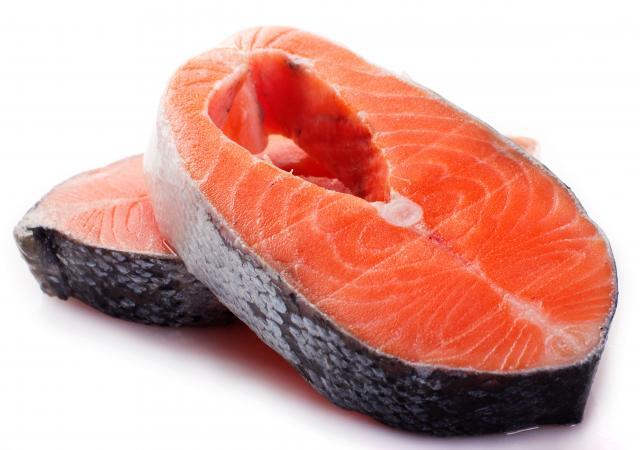
The JRC released a new certified reference material for arsenobetaine. The material supports laboratories in implementing Commission Recommendation 2015/1381 on the monitoring of arsenic in food.
Arsenic is a metalloid which is released in the environment from natural and anthropogenic sources.
The toxicity of the element strongly depends on its form: inorganic arsenic is highly toxic (as attested by its popularity in classic crime stories) and the tragic and still ongoing pollution of wells and subsequently food in Bangladesh has received ample coverage in the media.
Organoarsenic compounds, however, are less toxic. One of them, arsenobetaine (AB) is the major form of arsenic in marine fish and most other seafood. The variety of arsenic compounds with different toxicity leads to the necessity of performing species determination rather than determination of total arsenic concentration in food.
To establish the level of arsenic in various foodstuffs in the EU, the European Commission recommended that EU member states conduct a monitoring program of inorganic arsenic, total As and explicitly called also for the monitoring of other relevant arsenic species (Commission Recommendation (EU) 2015/1381).
Reliable determination of the arsenic level in food is only possible if accurate standards for amongst others arsenobetaine are available.
The JRC has therefore developed a calibration standard of high-purity arsenobetaine.
The material, ERM-AC626, is primarily intended for calibration of analytical methods. It was produced in compliance with ISO Guide 34.
Details about synthesis, material processing, purity assessment and certification of the certified reference material ERM-AC626 are described in detail in the certification report, available together with the certificate in the online catalogue.
Details
- Publication date
- 19 July 2017
